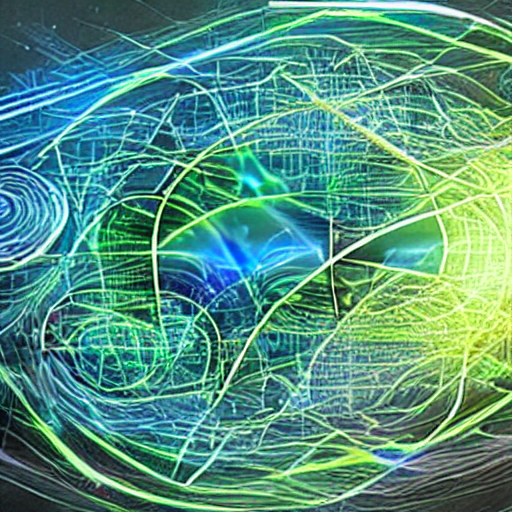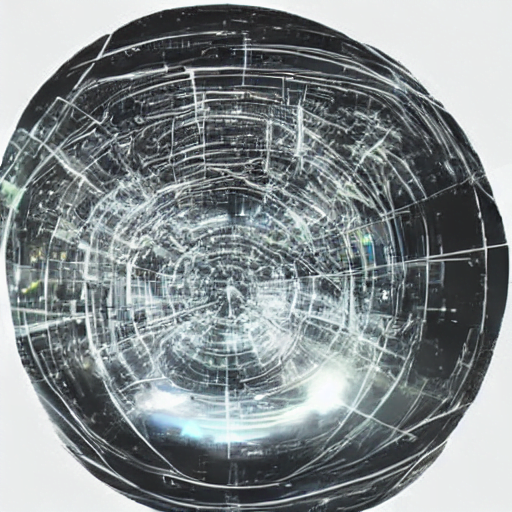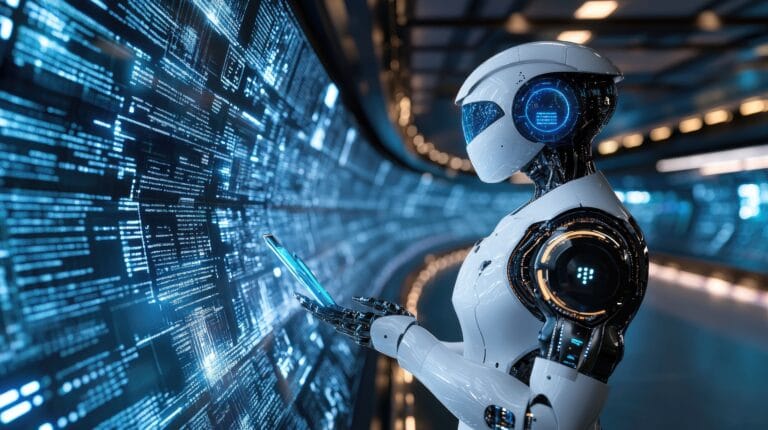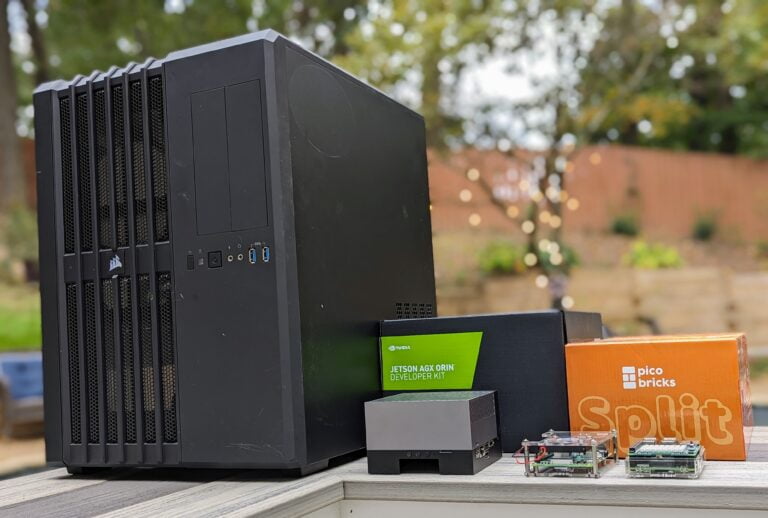What is Sensor Fusion?
Sensor fusion, in its essence, is the combination of sensory data from diverse sources to generate a comprehensive understanding of an environment. This data integration process seeks to produce more consistent, accurate, and useful information than would be possible by relying on a single sensor alone. By merging information from various sensors, sensor fusion can address individual sensor limitations like noise, inaccuracies, or failure.
How Does It Work?
At its core, sensor fusion involves several stages:
- Data Collection: Different sensors, like cameras, infrared sensors, ultrasonic sensors, accelerometers, etc., capture data from their surroundings.
- Data Processing: Raw data from each sensor undergoes preprocessing to remove noise, correct distortions, and standardize data formats.
- Data Association & State Estimation: In this stage, data from various sensors is correlated. For instance, a camera might detect a car at a specific location, while a radar might detect an object moving at a certain speed at roughly the same location. The system will associate both sets of data, understanding that the camera and radar are likely detecting the same car.
- Integration: Data from the various sensors are merged using algorithms, often weighing the reliability of each sensor. For instance, while a camera might struggle in low-light conditions, an infrared sensor can detect heat signatures even in the dark. The system could then rely more heavily on the infrared data in such situations.
- Post-processing and Decision-making: The combined data undergoes further analysis, possibly utilizing machine learning or artificial intelligence algorithms, to make decisions or provide enriched information.
Benefits of Sensor Fusion
- Redundancy: Multiple sensors can provide backup for one another. If one sensor fails or provides inaccurate data, others can compensate.
- Enhanced Accuracy: By combining data from multiple sensors, the chances of getting a more accurate reading increase.
- Wider Range of Sensing: Different sensors can detect different things. A camera, for instance, captures visual data, while a microphone captures audio. By combining these, a system can have a holistic understanding of its environment.
Applications of Sensor Fusion
- Autonomous Vehicles: Cars that drive themselves rely heavily on sensor fusion. Cameras, lidars, radars, and ultrasonic sensors all contribute data to help the vehicle navigate safely and efficiently.
- Drones: For stable flight and navigation, drones often fuse data from accelerometers, gyroscopes, GPS, and sometimes cameras.
- Healthcare: Wearable devices might utilize sensor fusion to provide a more comprehensive health reading. For instance, a fitness tracker might combine data from a heart rate monitor, accelerometer, and temperature sensor to give insights about one’s health and fitness levels.
- Augmented and Virtual Reality (AR/VR): These systems use multiple sensors like cameras, gyroscopes, and accelerometers to create immersive experiences. By understanding the user’s movements and environment in detail, these systems can overlay or generate digital content that blends seamlessly with the real world.
- Robotics: For tasks like object detection, navigation, and interaction with the environment, robots use a fusion of sensory data from touch sensors, cameras, and more.
- Defense and Surveillance: Advanced surveillance systems utilize sensor fusion to enhance threat detection capabilities. Merging visual, infrared, and audio data, for instance, can help in detecting and identifying potential threats with higher accuracy.
Conclusion
Sensor fusion is at the heart of many modern technological advancements, from self-driving cars to wearable health devices. As the world continues its rapid technological progression, the application and importance of sensor fusion will only grow, enabling smarter, safer, and more efficient systems.







